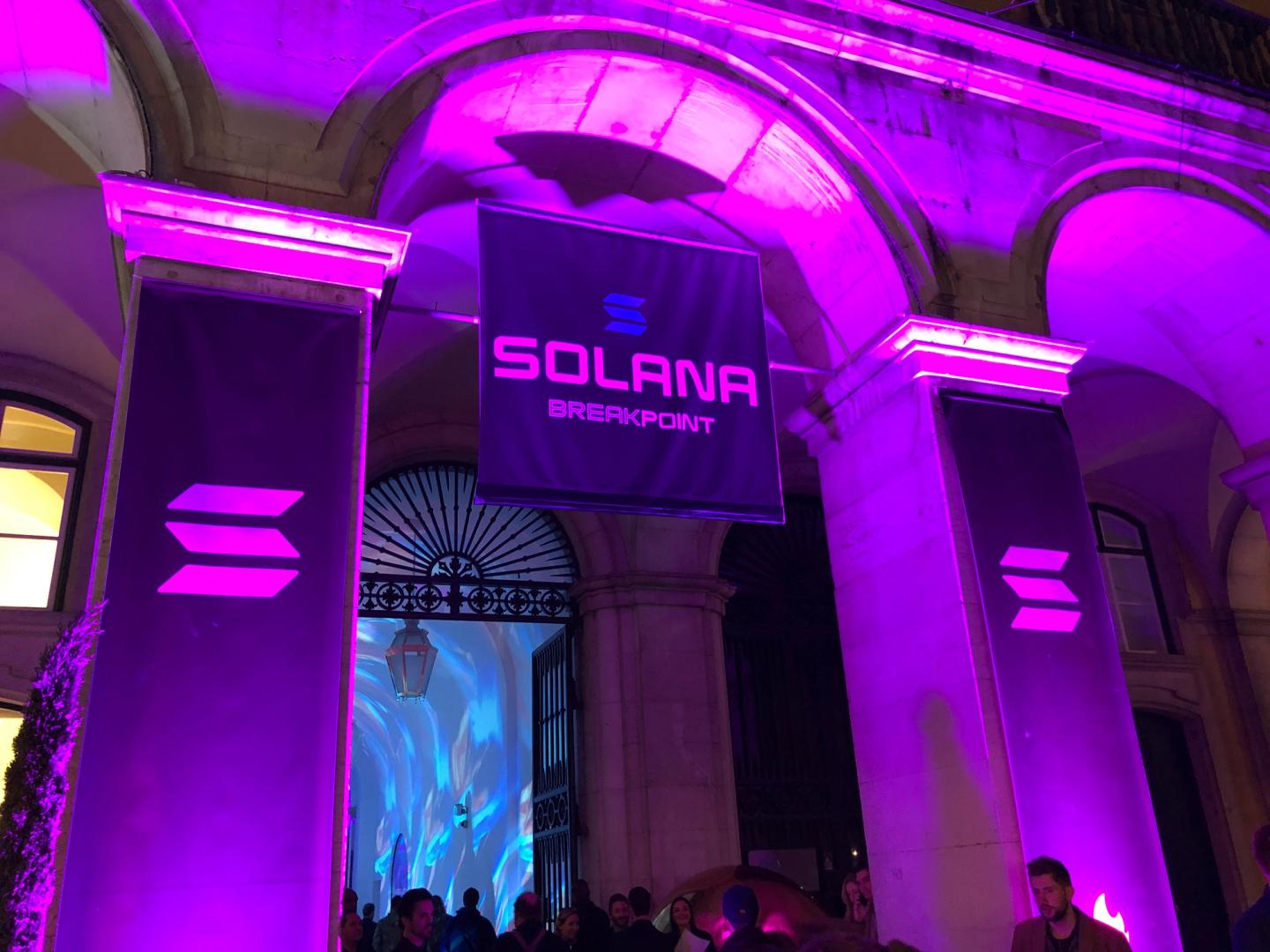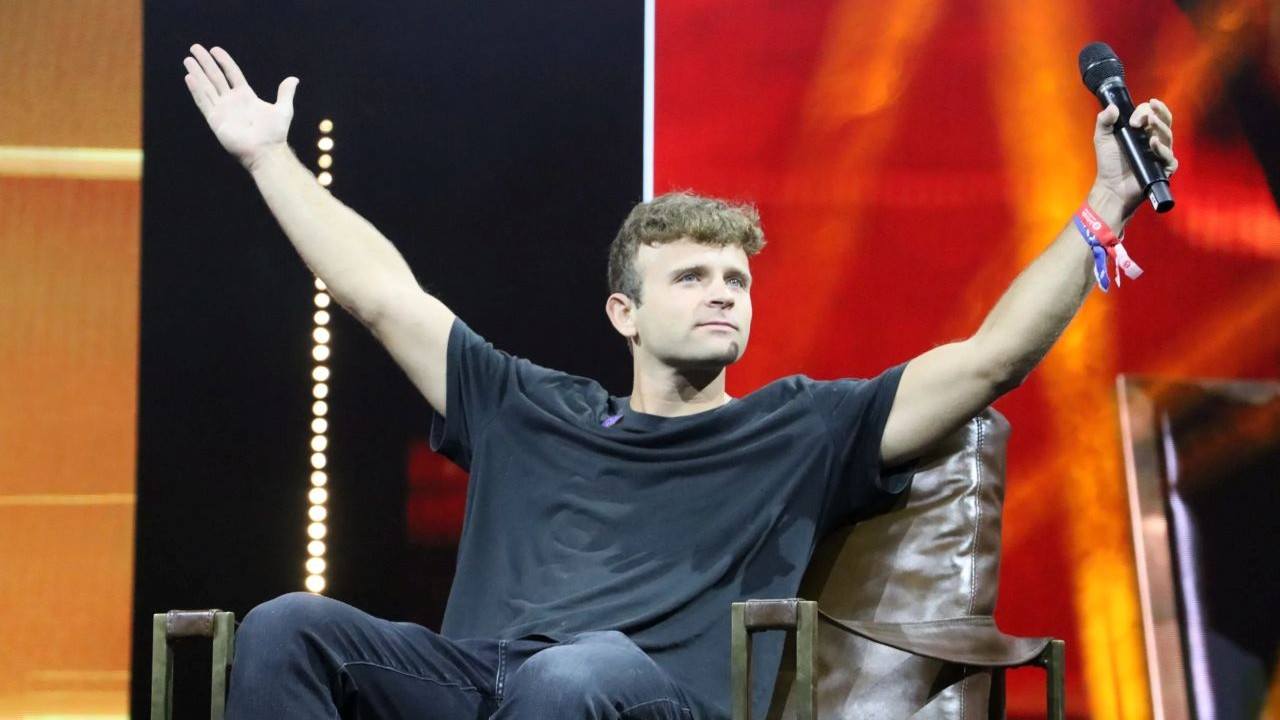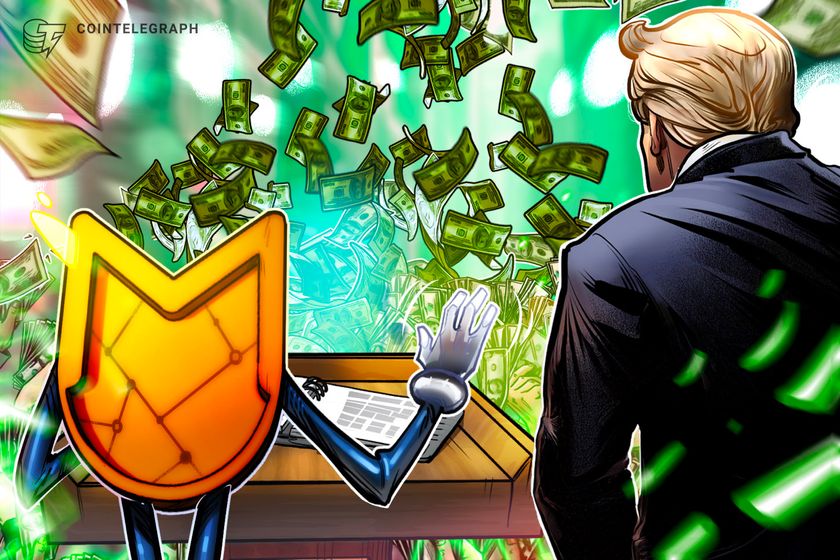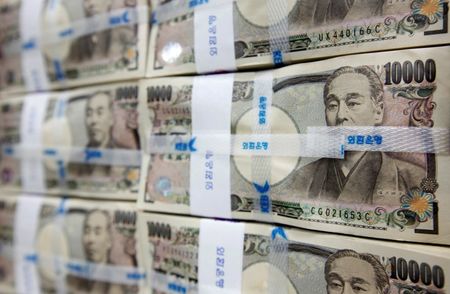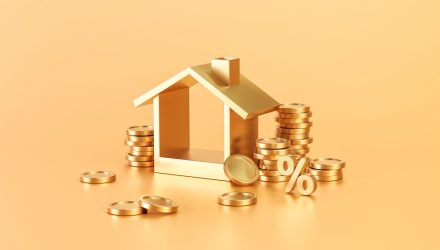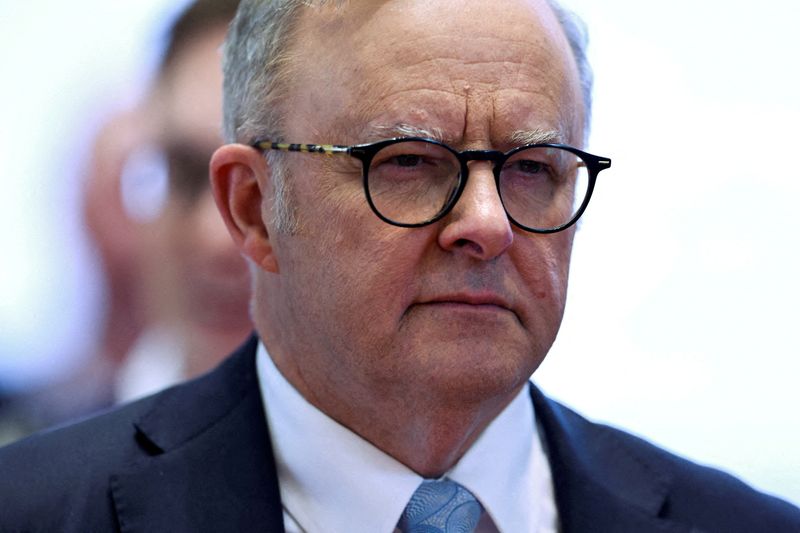7 Strategies for Spousal and Survivor Benefits to Boost Household Income
Social Security benefits for retirement age couples and widowed families can be a crucial financial lifesaver for many with insufficient resources to deal with today’s price inflated cost of living environment. The two categories share some similarities, but their differences require different strategies and approaches in order to maximize their respective benefits. The similarities include: […] The post 7 Strategies for Spousal and Survivor Benefits to Boost Household Income appeared first on 24/7 Wall St..

Social Security benefits for retirement age couples and widowed families can be a crucial financial lifesaver for many with insufficient resources to deal with today’s price inflated cost of living environment. The two categories share some similarities, but their differences require different strategies and approaches in order to maximize their respective benefits. The similarities include:
- A fixed amount at the time of filing for the primary beneficiary that continues throughout the eligibility period.
- A divorced spouse can qualify for either spousal or survivor benefits if the marriage lasted for over 10 years and has remained unmarried.
- Filing claims for either spousal or survivor benefits before full retirement age will result in lower benefit amounts.
Spousal Benefits are contingent upon several factors, such as applicant’s age at the time of filing, employment status, income amount, and other parameters. However, some strategies that couples might wish to consider for their own use include the following:
Spousal Benefits Tip 1: A Lower Earning Spouse Can Earn Up To 50% Of The Higher Earning Partner’s Benefit

Filing at the earliest qualifying age of 62 locks in a lower earning spouse’s maximum spousal benefit to only 32.50% of the Full Retirement Amount.
Spousal Benefits Tip 2: Lower Earning Spouses Have Options Based On Timing

An older, lower earning spouse who files for Full Retirement Benefits at age 67 can opt to switch to 50% of the younger spouse’s higher benefit if it makes mathematical sense – otherwise, the couple will likely earn more maintaining their separate, higher benefits.
Spousal Benefits Tip 3: Divorced Spouses Can Claim Benefits Ahead of Their Exes

Provided that a divorced spouse was married for at least 10 years and has not remarried, that divorced spouse can claim benefits provided that both the divorced spouse and the ex are 62 or older – even if the ex has not yet filed.
Survivor Benefits differ from spousal benefits in several aspects. For example:
- Survivor benefits can potentially provide for up to 100% of the deceased spouse’s earnings record.
- Remarriage before age 60 (or age 50 if the survivor has a disability) can affect survivor benefits eligibility.
- A deceased worker’s children can also qualify for eligibility of survivor benefits, usually until they reach age 18.
Survivor benefit strategies contain tactics that don’t apply to spousal benefits. Some strategies worth consideration may include the following:
Survivor Benefits Tip 1: Widow Or Widower Benefits And Options

Surviving spouses already receiving 50% Full Retirement Spousal Benefits can get an increase to match Full Benefits of their departed loved one
Survivor Benefits Tip 2: Restricted Filing

A widow or widower that is age 67 can collect death benefits and let their personal Social Security retirement benefit increase by 8% until reaching maximum benefits at age 70. At that point, they can switch to the higher, maximum retirement benefit.
Survivor Benefits Tip 3: Dependent Survivors

Children under age 18 (or 19 if still a full-time student), and adult disabled children can qualify for 75% survivor benefits.
Survivor Benefits Tip 4: Remarriage Issues

As remarriage can potentially eliminate one’s eligibility for spousal death benefits, many widows and widowers who enter new relationships will eschew remarriage to maintain death benefit payments.
The post 7 Strategies for Spousal and Survivor Benefits to Boost Household Income appeared first on 24/7 Wall St..



















































































